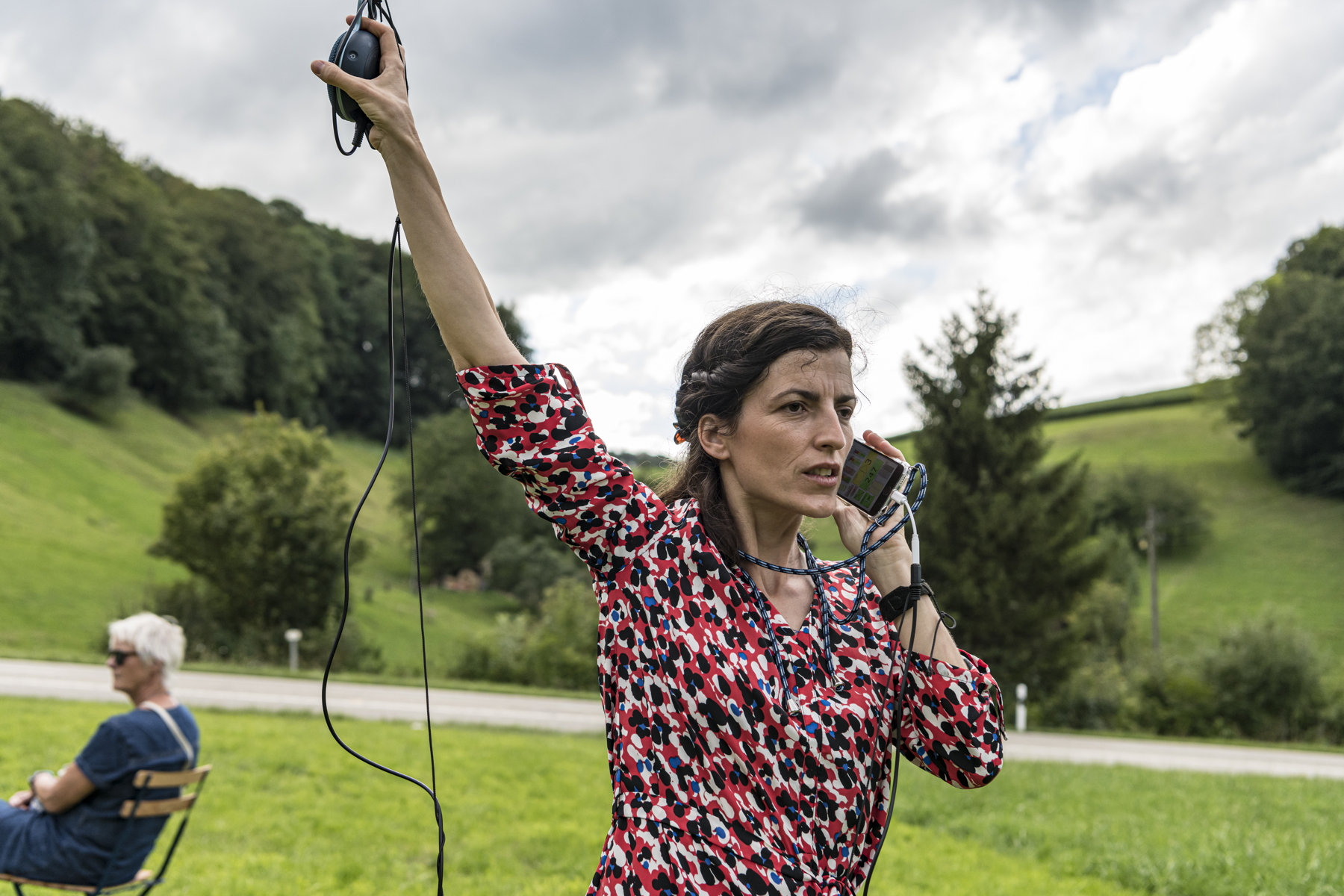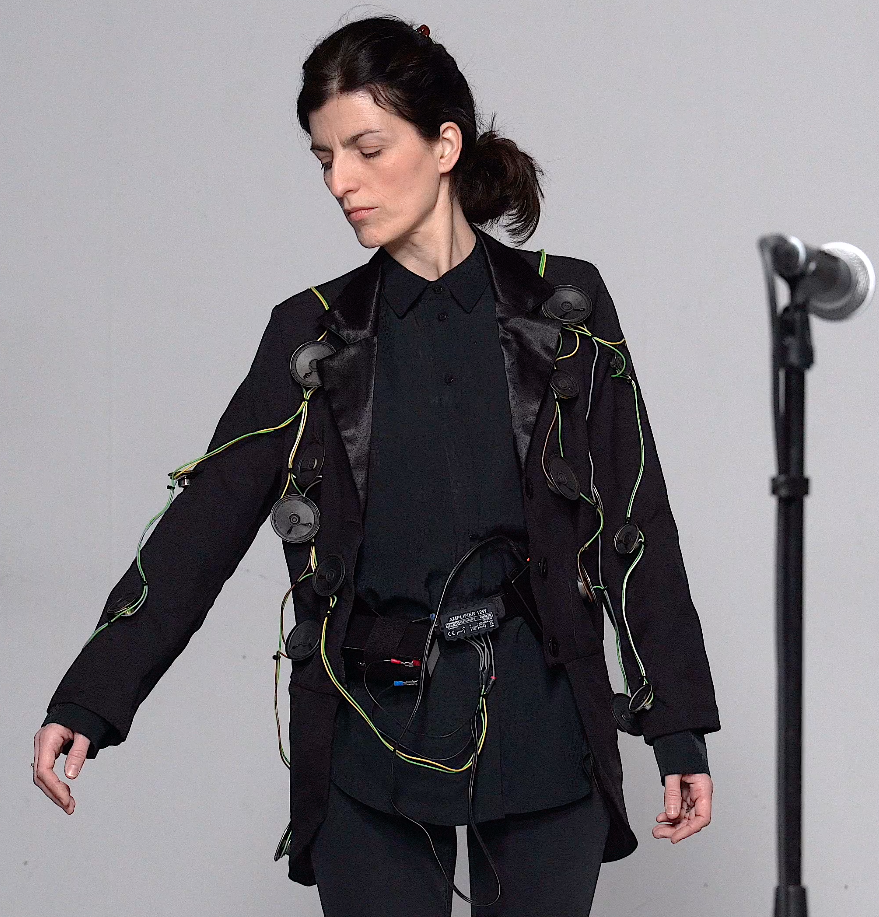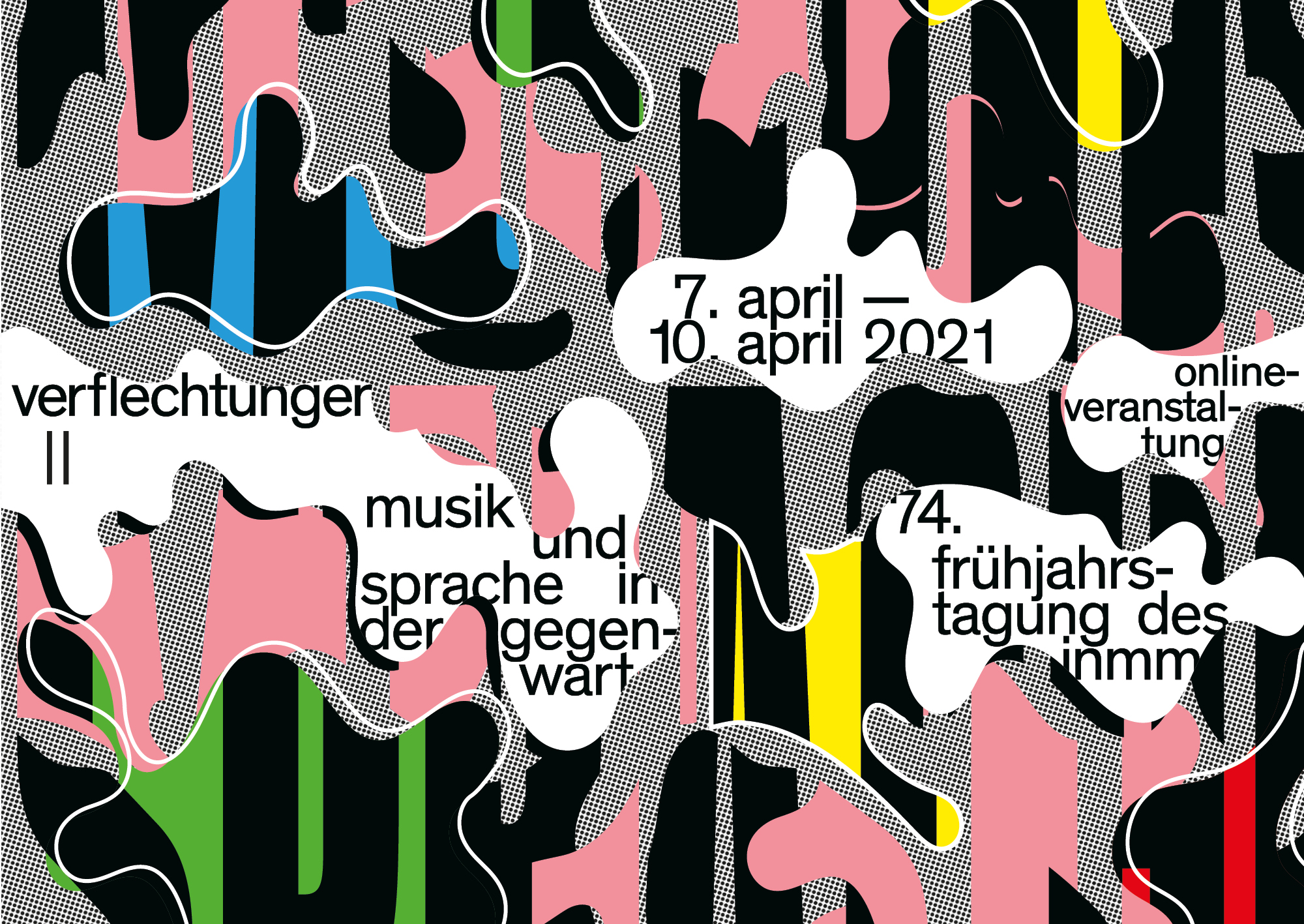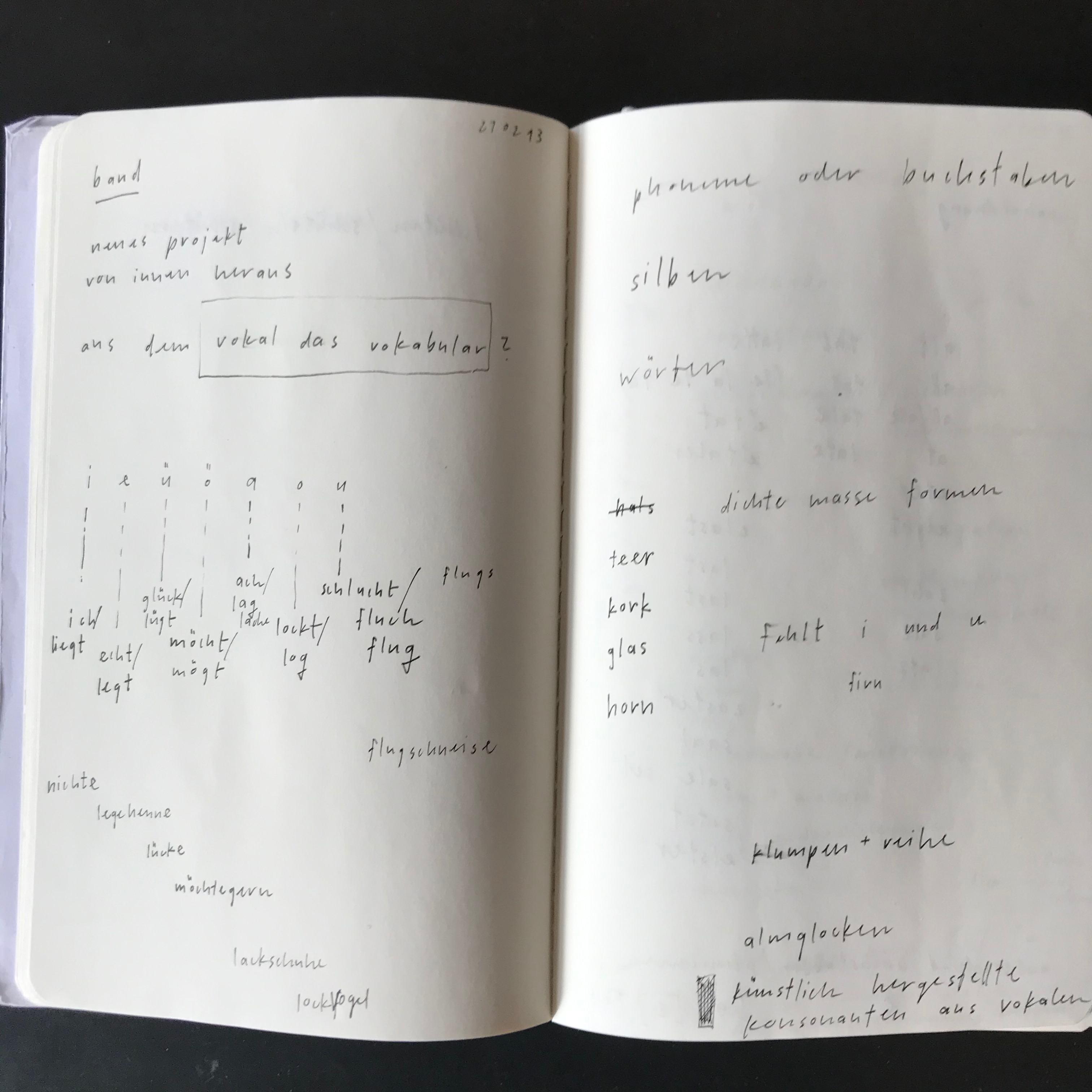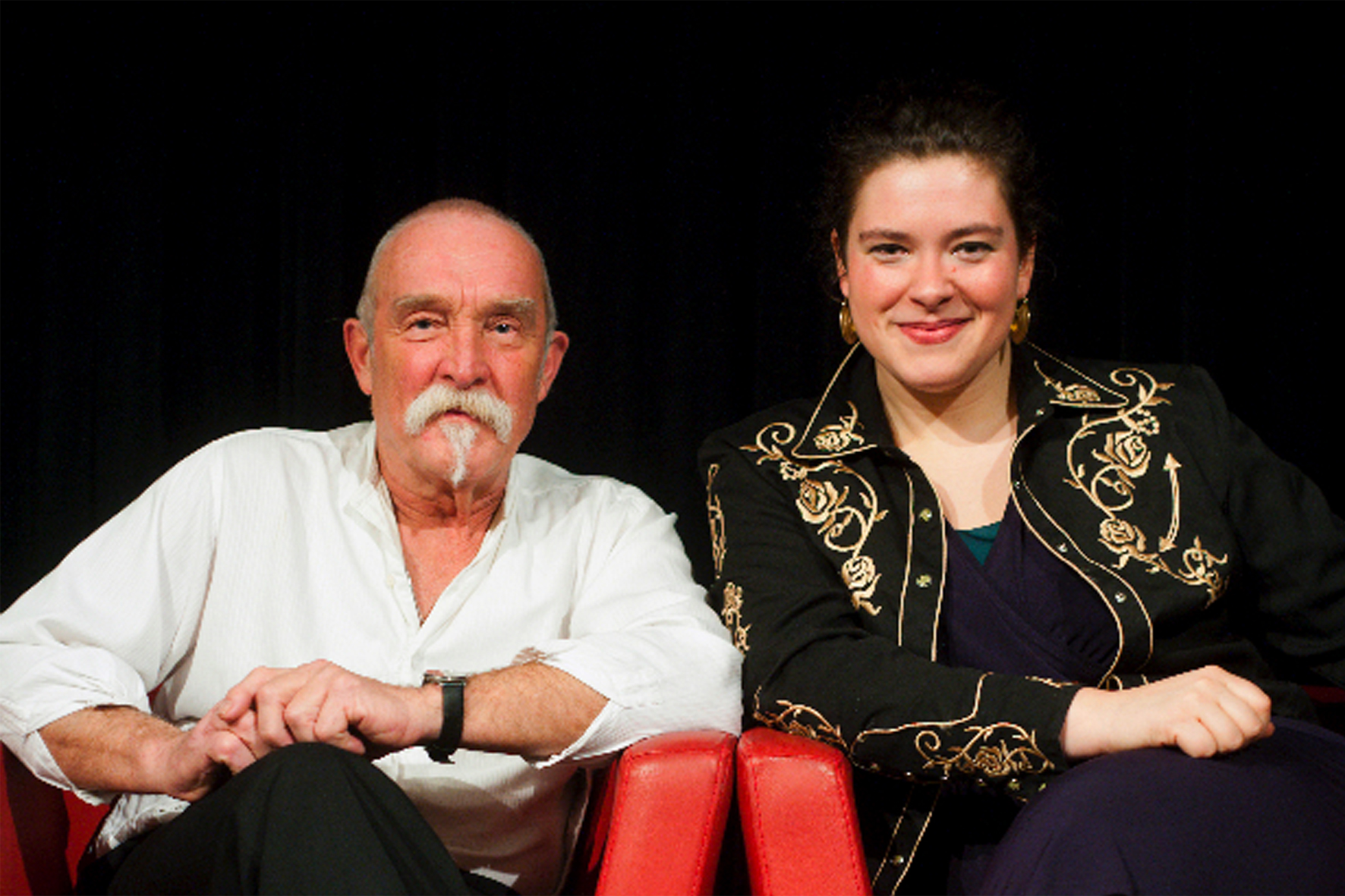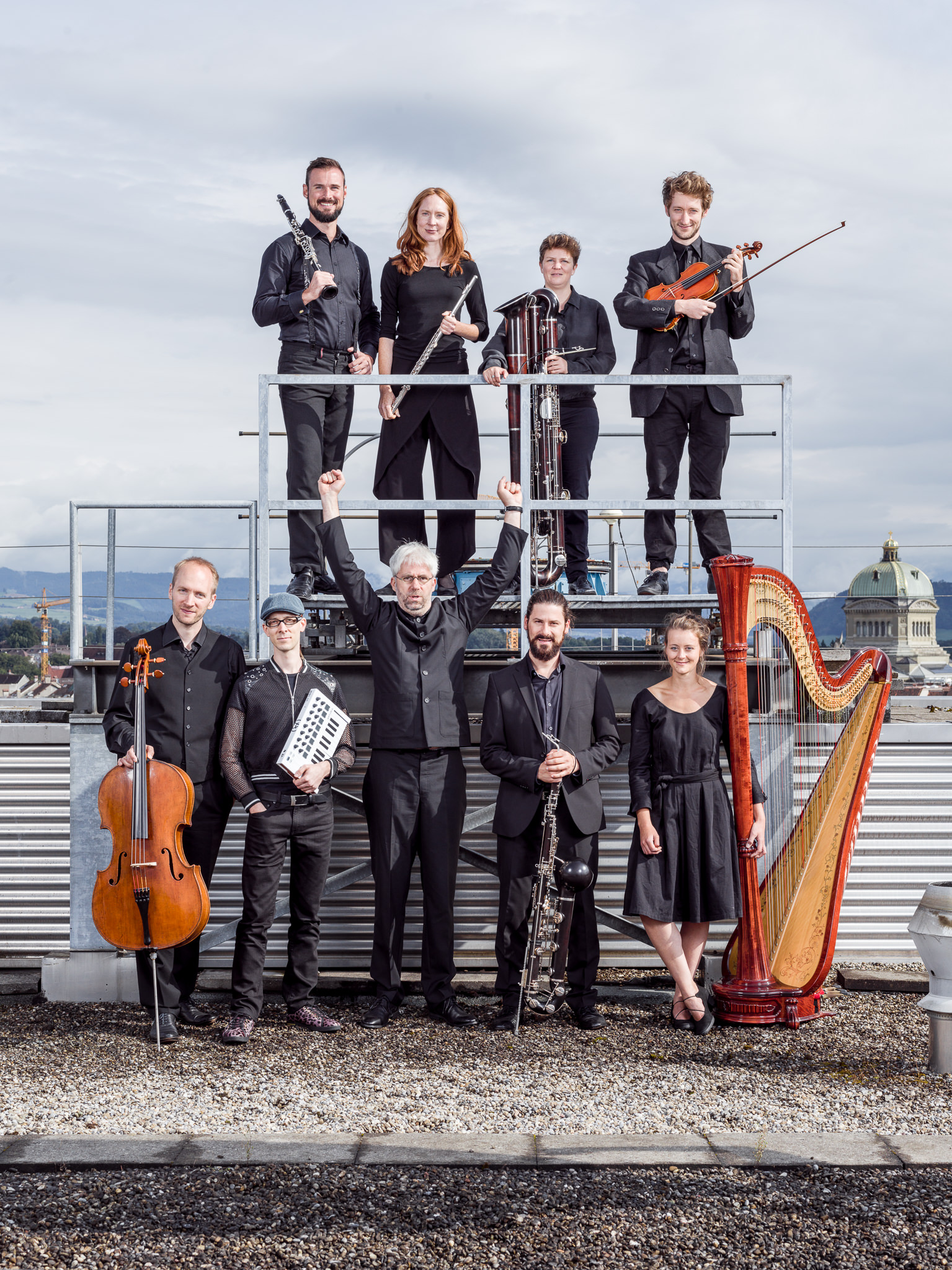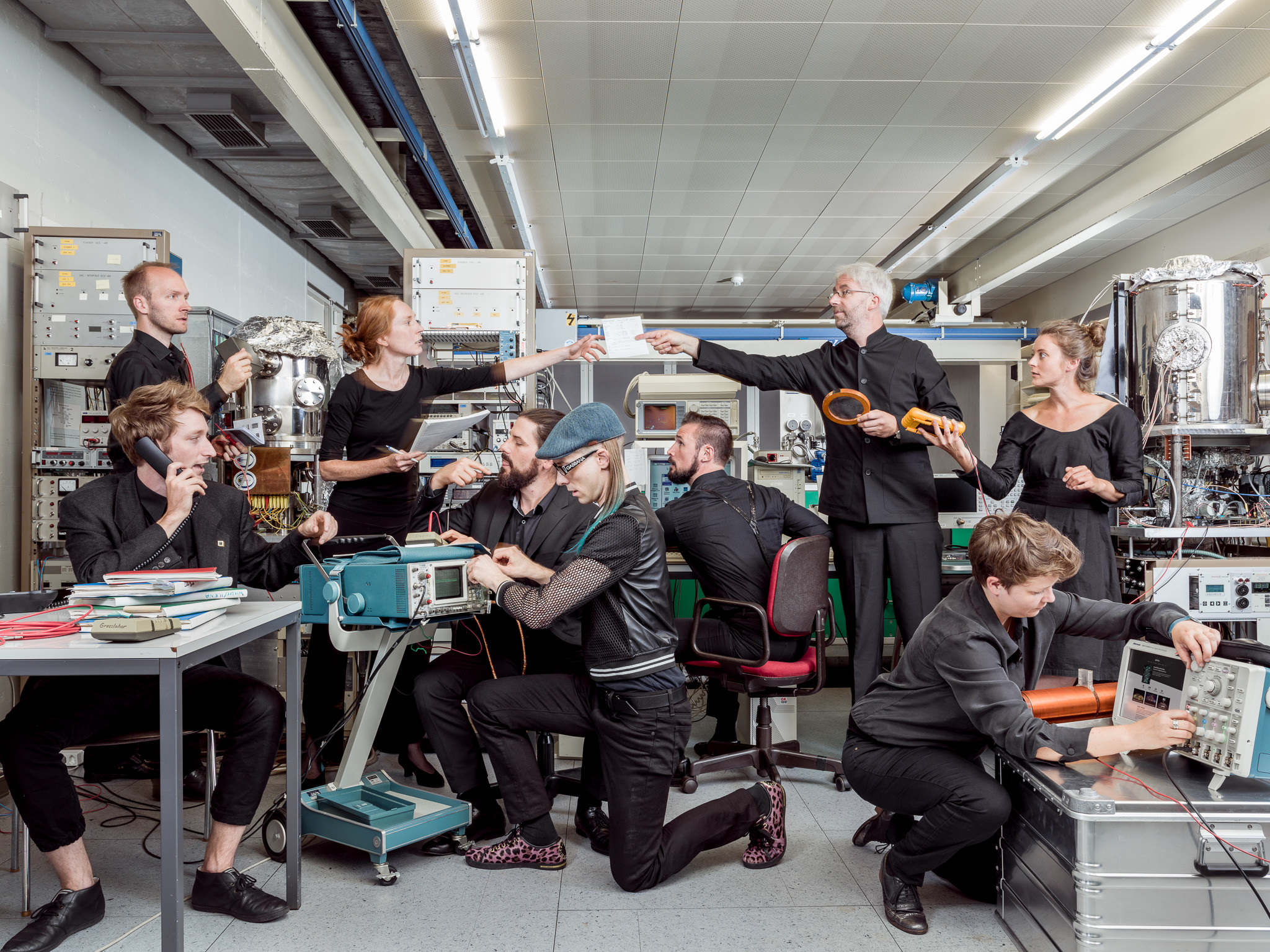„Zukunftsmusik – dem Zeitgeist entkommen“ heißt ein Projekt zum 100. Geburtstag SUISA. 40 Schweizer Musikerinnen und Musiker sollten ihre Ideen zu einer Musik notieren, die erst in hundert Jahren uraufgeführt werden soll: Ein Gruß aus der Gegenwart für das Jahr 2123 zum hoffentlich 200. Geburtstag der SUISA. Am 16. April 2024 wurde das Projekt im Yehudi Menuhin Forum in Bern vorgestellt. Bettina Mittelstraß hat sich unter beteiligten Musikerinnen und Musikern umgehört.
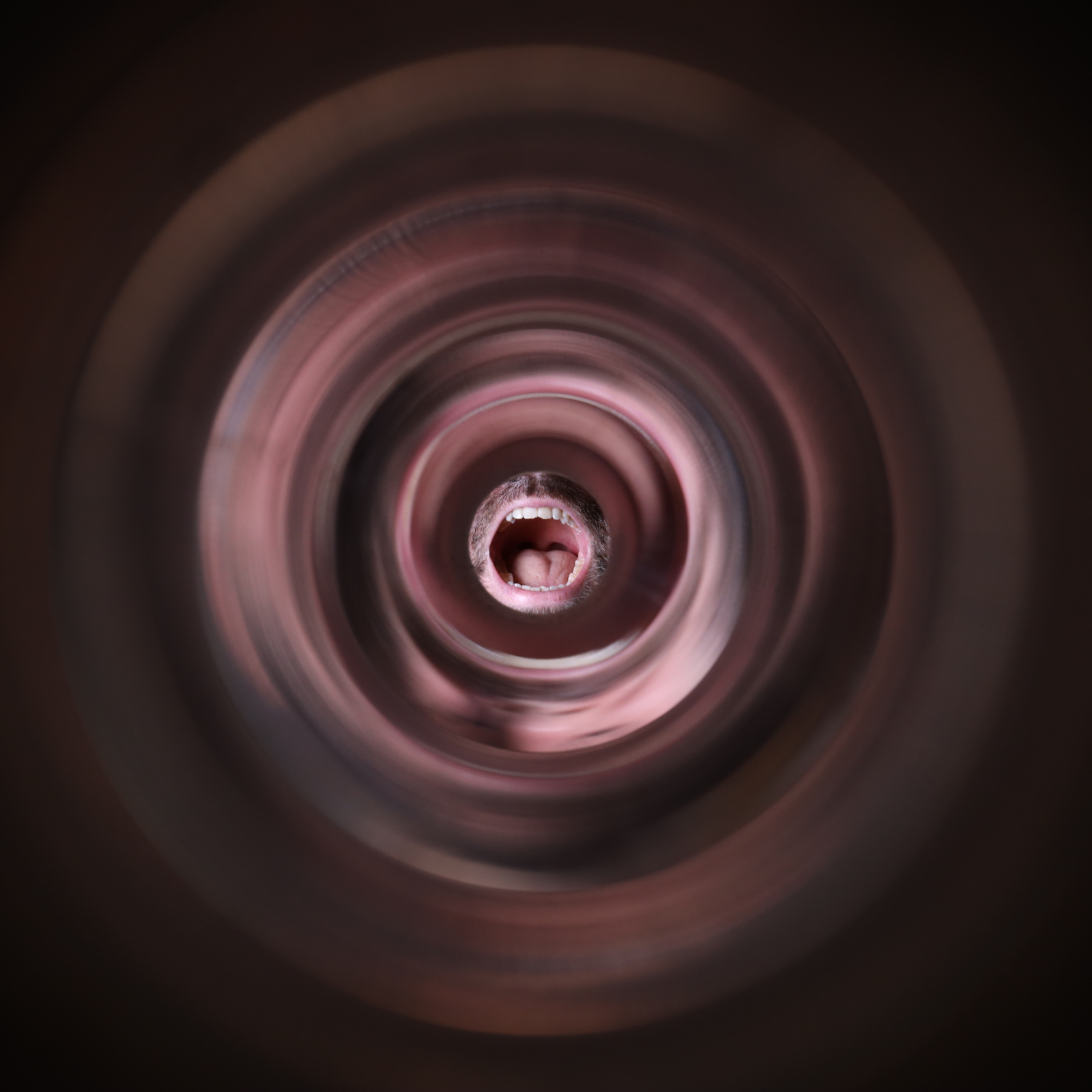
Bettina Mittelstrass
Helena Winkelman, das HYPER DUO, Joke Lanz, Martina Berther, Patrick Frank, Annette Schmucki, Fritz Hauser, Leo Hofmann oder Nik Bärtsch – das sind nur sieben von insgesamt 40 Schweizer Musikerinnen und Musikern, deren „Zukunftsmusik“ im April 2024 in einer Archivbox landete, ohne zuvor zu Gehör zu kommen. Hermetisch verschlossen wird dieses Archiv für 100 Jahre von der eidgenössischen Nationalphonothek in Lugano beaufsichtigt und im Eingangsbereich der «Città della Musica» ausgestellt. Erst 2123 wird das Archiv hoffentlich wieder geöffnet, die Musik aus dem Dornröschenschlaf geweckt und für ein Publikum gespielt, das heute noch nicht einmal geboren ist.
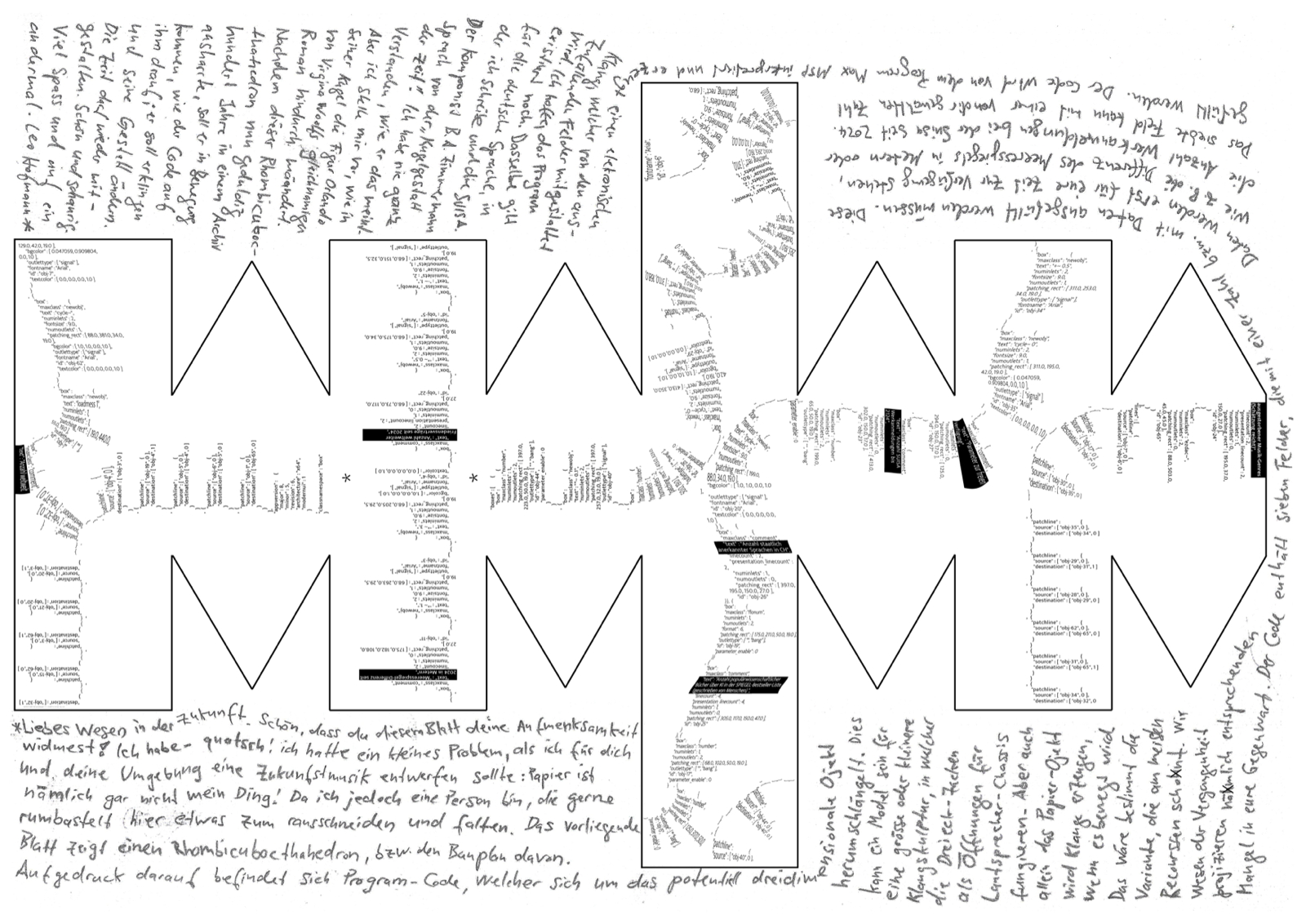
Wie klingt die Schweiz in 100 Jahren?
Wie klingt die Schweiz in 100 Jahren? Eine erste Antwort könnte in der Archivbox schlummern. Leicht fielen die Antworten den 40 Befragten nicht. Skepsis herrschte vor. Welche Instrumente stehen in 100 Jahren überhaupt zur Verfügung? Gibt es noch westliche Notenschrift? Holzinstrumente? Oder hat der Klimawandel die Bäume dahingerafft? Man könne nicht wissen, ob man vor dem Hintergrund schwindender Ressourcen auf diesem Planeten „schlussendlich die Geige verbrennen muss, um nicht zu erfrieren, oder ob man dann die Darmseiten aufkochen muss, um nicht zu verhungern“, sagt der Schlagzeuger Fritz Hauser. Daher hat er seine Komposition in Morsezeichen hinterlegt – in der Hoffnung, dass diese archaischen Zeichen die Menschen der Zukunft zum rhythmischen Musizieren inspirieren, mit welcher Instrumentierung dann auch immer.
Fritz Hauser notiert seine Zukunftsmusik in reinem Morsecode. Hier sein Schraffur für Gong und Orchester, Basel Sinfonietta 2010, Eigenproduktion SRG/SSR.
Musik als Botschafterin des Zusammenspiels?
Bei aller Skepsis gegenüber dem, was in 100 Jahren Musik noch ausmacht oder überhaupt möglich macht – zwei gesellschaftliche Funktionen werden ihr wohl bleiben, meint die schweizerisch-niederländische Komponistin und Violinistin Helena Winkelmann: Musik als Botschafterin des Zusammenspiels und als Vermittlerin einer integrierenden guten Energie. Noch eine andere Sache bleibe menschlichen Gesellschaften wahrscheinlich erhalten, nämlich „dass die Menschen auch zukünftig Probleme mit Ihrem Zusammenleben haben werden.“
Helena Winkelmann hat daher die Anleitung zu einem „Musikrat“ der Zukunft in die Archivbox gelegt. Es ist die musikalische Variante eines tausende Jahre alten Konzepts, dem „Council of Chiefs“ indigener amerikanischer Gesellschaften. In einem Kreis übernehmen Musizierende unterschiedliche Funktionen – musikalisch wie gesellschaftlich. Es gibt zum Beispiel eine hinterfragende, eine erfinderische, eine bewahrende, eine warnende, eine erzählerische und eine entwickelnde Stimme. „Das ist dann auch die Magie von diesem ganzen Kreis, dass das, was uns wirklich weiterbringt, der Austausch von Perspektiven ist.“
Helena Winkelmann trägt zur Archivbox die Anleitung zu einem Musikrat der Zukunft bei. Auch in Geisterlieder, einem Zyklus über Gedichte in 18 europäischen Originalsprachen mit Begleitung verschiedener Instrumentalgruppen, befasst sich Helena Winkelmann mit der Überwindung von zeitlichen und regionalen Grenzen, UA 5.8.2023, Kirche Ernen, Eigenproduktion SRG/SSR.
Ein Raumschiff voller Perspektiven und Gegenwartskritik
„In diesem kleinen Raumschiff befindet sich im Grunde ein Querschnitt durch das momentane Schweizer Musikschaffen“, so beschreibt es der Musikethnologe und Kurator Johannes Rühl, Erfinder der Projekts. Neue Musik, elektronische Musik, Jazz, Pop und Volksmusik sind unter den 40 Kompositionsvorschlägen vertreten, aber auch Klanginstallationen und so verrückte Ideen wie eine Musik mit Pilzen, deren Aminosäuren man heute schon in Klänge umwandeln kann. Ein anderer Vorschlag nimmt das Geräusch von schmelzenden Gletschern auf und transportiert es in Form von DNA in eine Zukunft, in der es in den Schweizer Alpen vermutlich kein ewiges Eis mehr geben wird.
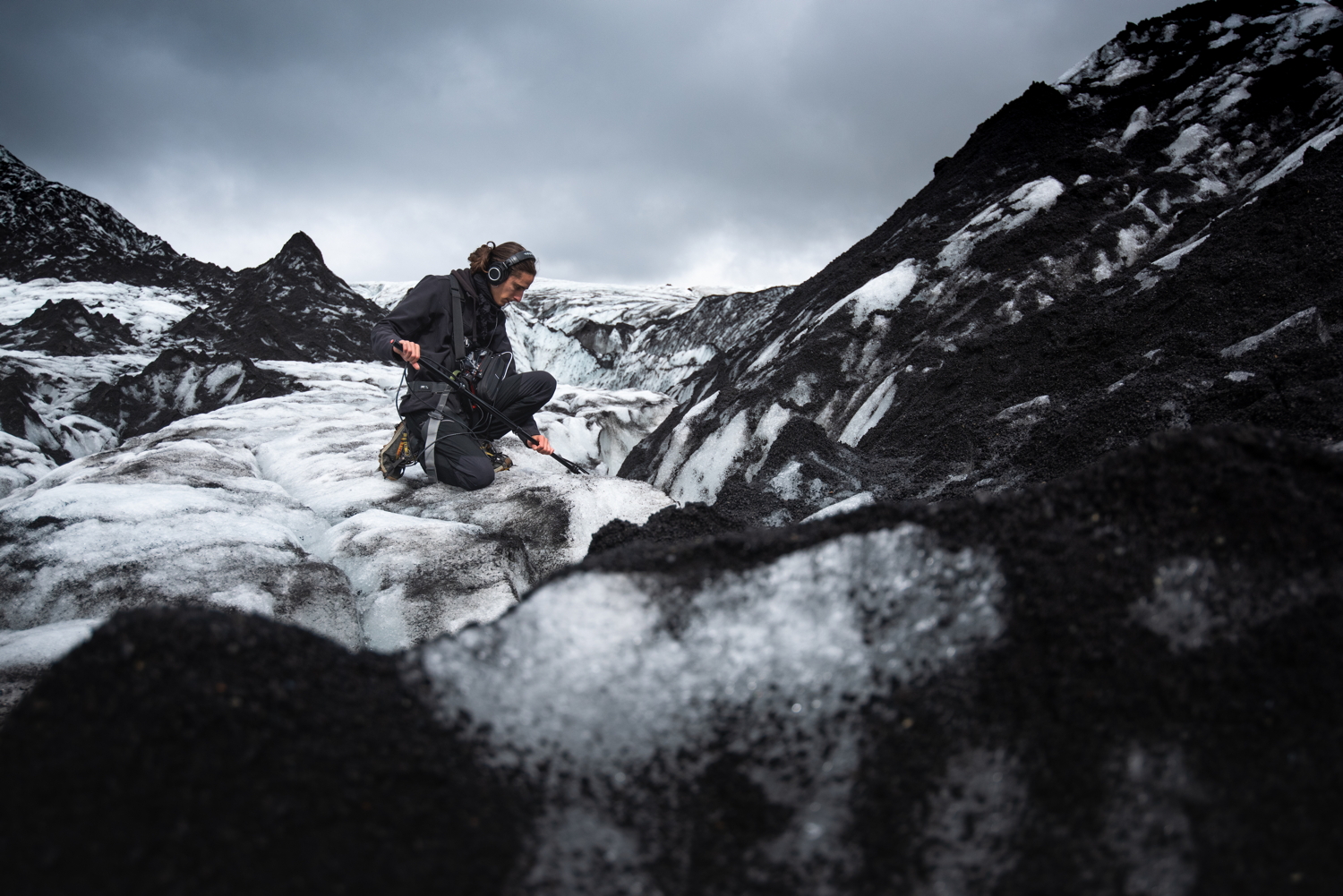
Die meisten der eingereichten Vorschläge für die Archivbox wurden von einem skeptischen und gesellschaftskritischen Zeitgeist geprägt, bestätigt Johannes Rühl. Der Versuch, dem Zeitgeist zu entkommen, müsse verständlicherweise scheitern. „Wir kommen aus dem Jetzt offensichtlich nicht raus. Man hat zudem das Gefühl, dass heutzutage eine Dynamik in der Entwicklung ist, die es in der Vergangenheit so nicht gegeben hat.“ Ob das so stimmt? Wir werden 2123 nicht mehr da sein, um das zu überprüfen. Mögen die nach uns „unsere“ Zukunftsmusik spielen oder nicht.
Bettina Mittelstrass
Zukunftsmusik – dem Zeitgeist entkommen: 100 Jahre SUISA.
Die Idee stammt von Johannes Rühl, dem Ethnologen und Kurator von Musikprogrammen.
Città della Musica
Sendung SRF Kultur:
Zukunftsmusik, Passage, 12.4.2014: Redaktorin Bettina Mittelstrass
Neoprofile:
Helena Winkelman, HYPER DUO, Joke Lanz, Martina Berther, Patrick Frank, Annette Schmucki, Fritz Hauser, Leo Hofmann, Nik Bärtsch, u.a.


